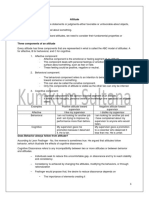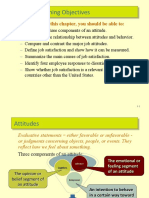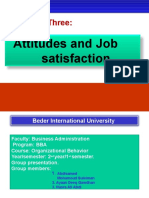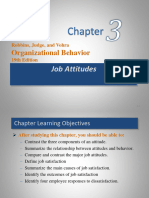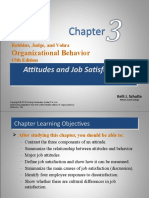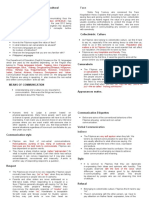0% found this document useful (0 votes)
150 views4 pagesAttitude & Job Satisfaction Guide
Organizational Behaviour - Hành vi tổ chức (Trường ĐH Kinh tế Đà Nẵng) chương số 2 tổng hợp từ sách giáo trình, ngắn gọn nhưng đầy đủ ý.
Uploaded by
CatherineCopyright
© © All Rights Reserved
We take content rights seriously. If you suspect this is your content, claim it here.
Available Formats
Download as DOCX, PDF, TXT or read online on Scribd
0% found this document useful (0 votes)
150 views4 pagesAttitude & Job Satisfaction Guide
Organizational Behaviour - Hành vi tổ chức (Trường ĐH Kinh tế Đà Nẵng) chương số 2 tổng hợp từ sách giáo trình, ngắn gọn nhưng đầy đủ ý.
Uploaded by
CatherineCopyright
© © All Rights Reserved
We take content rights seriously. If you suspect this is your content, claim it here.
Available Formats
Download as DOCX, PDF, TXT or read online on Scribd
/ 4














